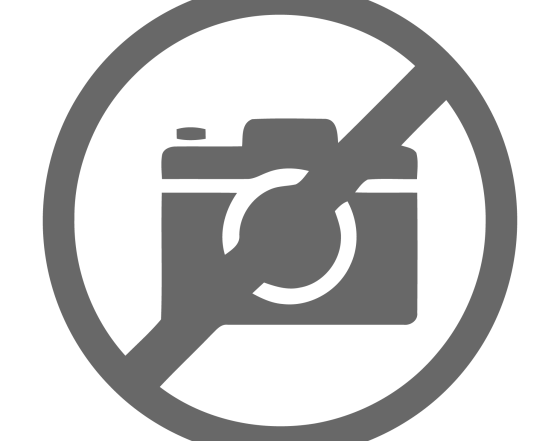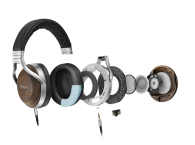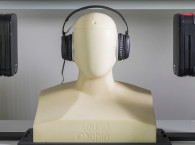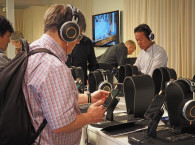These days everyone is getting into the headphone business. Headphones are one of the few audio markets that are growing with respect to the quantities shipped and achievable revenues. Many speaker brands’ management and marketing teams are asking their engineering teams to develop headphone product lines. This 10-point “cheat sheet” provides a place to start product definition development efforts.

Types of headphone
Headphones can be grouped into a half-dozen categories. Headphone styles include over the ear or full size (circumaural), which can provide better isolation but are bulky; on the ear (supra-aural), which has a more variable fit and less passive attenuation; open back, which often sounds better; and closed back, which has a higher attenuation of outside sound. Headbands can go also fit behind the head or be foldable (see Photo 1).

Corded headphones are the most common today, but wireless appears to be the upcoming trend. My bet is on stereo Bluetooth, which has come a long way in sound quality and stability (see Photo 2). NFC pairing has simplified operation with smartphones.
Type of driver
Almost every type of transducer can be tweaked to operate in a headphone (e.g., 25-mm to 70-mm microspeakers, ribbon planars, PVDF film electrostatic and electret, air motion, etc.). Most common are microspeaker designs that use 4 0-to-50-mm film diaphragms.

Consider several parameters when selecting cable material. The cable should be light and flexible. It should have a long flex life, low DC resistance, and low microphonics (to name just a few). Also, the trend is to plug the cable into the headphone ear shell so it can be replaceable (see Photo 3 ). To avoid the cable passing through the headband, some designs split the cable so it can run separately to each ear shell.
Packaging
In many retail environments, product displays are static and the customer must judge the product by its package. Aside from the gift box, there is often a clamshell carrying case (see Photo 4 ). Don’t forget the usual cable accessories and adaptors.

The headphone market is filled with shiny black plastic headphones, most of them containing similar microspeaker drivers. Active headphones enable more power. (Smartphones tend to have limited power due to battery life.) An active (amplified) headphone brings challenges in power management, battery type (charging or replaceable), and boost converters. Once the headphone has an on-board amplifier, you can add signal processing, including application-specific processing (e.g., active noise cancelation).
Style, ergonomics, and industrial design
Many industrial designers are attempting to style headphone. Ergonomics is not always fully considered. Some designs are missing crucial user adjustments. Design and performance impact one another (e.g., a tight fit provides better bass but this could occur at the expense of comfort). The headband can be stressed when it is put on and removed from one’s head. Examples where the relationship between design and function was not considered can be easily seen at the retail level. When selecting an industrial designer, ensure the person has experience in headphone work.
Celebrity endorsement sound signature
Associating a music-related celebrity who has a signature sound may require some response contouring. This is more challenging and less likely to be satisfactorily achieved in passive designs. You might want to consider active E Q and other signal processing techniques to achieve a “signature sound.”
Smartphone remote microphones
There are several factors to consider. Apple has a unique program that requires special permissions. Google Nexus is an open program. And, don’t forget the remote-control functionality of the different smartphones greatly varies.
Off the shelf, some tooling required, and building from scratch
From scratch, a headphone typically requires at least a dozen tools. Tooling costs can range from $60,000 to more than 100,000, depending on many factors. Additionally, if this is your team’s first headphone and your industrial designer is new to headphone design, you should adjust for additional costs and time in case you have to rework certain components (e.g., the hinges, the yoke, and the headband).
Your team and your vendor must have good design rules for how the headphone will fit users’ varying head sizes. You need to take your time during the design phase. Alternatively, the “lipstick on a pig” approach where you make some cosmetic, surface color, or material modifications can be a fast, safe, and effective solution.
Of course, this headphone design “cheat sheet” is only a sketchy map detailing some potential bumps in the road. I hope it provides a few useful insights. VC
This article was originally published in Voice Coil, July 2013. The topic was subsequently expanded by Mike Klasco and Steve Tatarunis in his Headphones and Headsets series of articles published in audioXpress since 2014. See audioXpress archives.






